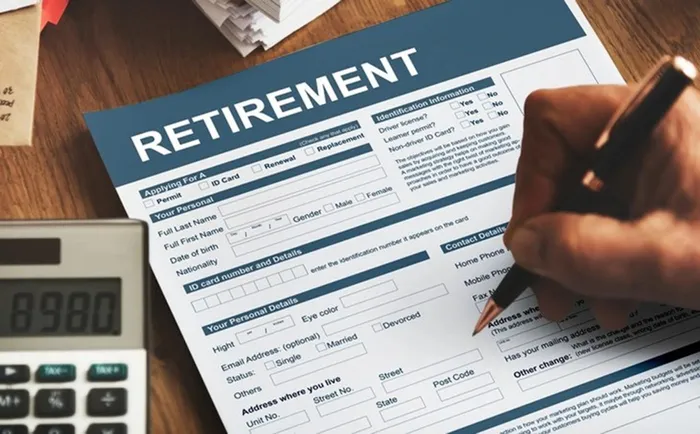Pension plain: the formula for retirement success is time, contributions, and investment returns

By: Brett Ladouce
As we start off 2025 with the goal of achieving better retirement outcomes, some of us are willing to make sacrifices to achieve our retirement goals while others are looking for a magic formula or cheat sheet to achieve the best outcome with the least amount of effort. For the latter group, I have formulated a simple mathematical equation that will help you reach your retirement goals with ease:
RO = T x (C +IR) – S
Or
Retirement Outcome = Time x (Contributions + Investment Returns) - Stupidity
Retirement Outcome refers to the financial situation you want to be in when you reach your retirement age. Put differently, what is the amount of money you will need to sustain yourself for the rest of your life at the level of comfort that you think you are entitled to? Without having a clear idea of your savings goals in your retirement fund, it will be difficult to determine the size of your monthly contributions, the period over which you need to invest, or the investment return that you will have to achieve over time. The starting point of your retirement funding journey should always be a clear understanding of the retirement destination that you want to reach. Without that, your retirement outcome will become a moving target that will be determined by your moods, fears, and feelings rather than an objective, achievable, retirement benefit amount.
Time refers to the period over which you invest to reach your desired retirement outcome. The longer the period, the higher the probability that you will reach your target. If you contribute R1 000 per month to your retirement fund for a period of 20 years at an annual investment return rate of 10%, you will have about R760 000 after 20 years.
If you contribute R1 000 per month for a period of only 15 years, but you have an investment return rate of 15% per year you will only have about R670 000 even though your annual investment return rate is 50% higher. If you made the same investment for 20 years at a 15% annual investment return rate, you would have about R1 500 000 at retirement. The extra R60 000 in contributions over an additional five-year period led to a R830 000 difference in retirement savings. Is it clear that the power of compounding is activated by Time?
The size of the contributions you make to your retirement fund will influence your life on two levels. Firstly, the higher the contribution amount, the higher the probability that you will reach your desired retirement outcome. Secondly, the higher your contribution rate, the lower your taxable income. You can contribute as much as 27.5% of your taxable income (limited to R350 000 per year) to your retirement fund and reduce the amount of income tax you will pay in a particular tax year.
If you, for example, earn R600 000 per year, you will pay an income tax of R135 632 for that year if you only have the benefit of the primary rebate to reduce your tax obligation. If you, however, contribute R165 000 (27.5% of taxable income) to your retirement fund, the tax-deductible contribution will reduce your taxable income to R435 000, and you will only pay income tax of R80 122. You can thus reduce your annual tax bill by R55 510 while at the same time investing R165 00 towards your retirement.
The investment rate at which your retirement investment pot grows will determine if you should work for a longer period or contribute more monthly to your retirement fund to reach your retirement goals. Your investment growth should at least exceed the inflation rate over your retirement saving period. The onus is on you to select the most appropriate investment strategy considering the investment options that are available to you as a fund member.
Find the right balance between the investment goal that you want to achieve and the investment risk that you can take given your investment period, retirement goal, and your risk tolerance. Do not hesitate to ask a financial advisor or fund investment expert to help you construct your investment strategy if you feel that it can increase your chances of reaching your retirement goal.
Stupidity comes in many forms. Contributing less to your fund than you know you are supposed to, accessing your Savings Pot on a yearly basis just because you can, not actively choosing and managing your fund investment portfolio, not submitting your nomination form to nominate your beneficiaries, and not obtaining professional help where you need it are some of the actions and omissions that will derail your plans to reach your retirement outcome.
There is no magic formula or passive investment strategy that will automatically result in you achieving your retirement outcome goal. Your future retirement success will depend on your planning today, your execution of that plan tomorrow, and the discipline to stick to your plan that is regularly reviewed to take your changing circumstances into consideration. You have the power, and responsibility, to ensure that you reach the retirement outcome that you want.
* Ladouce is a pension funds lawyer and the author of the book, Pensions for Palookas.
PERSONAL FINANCE